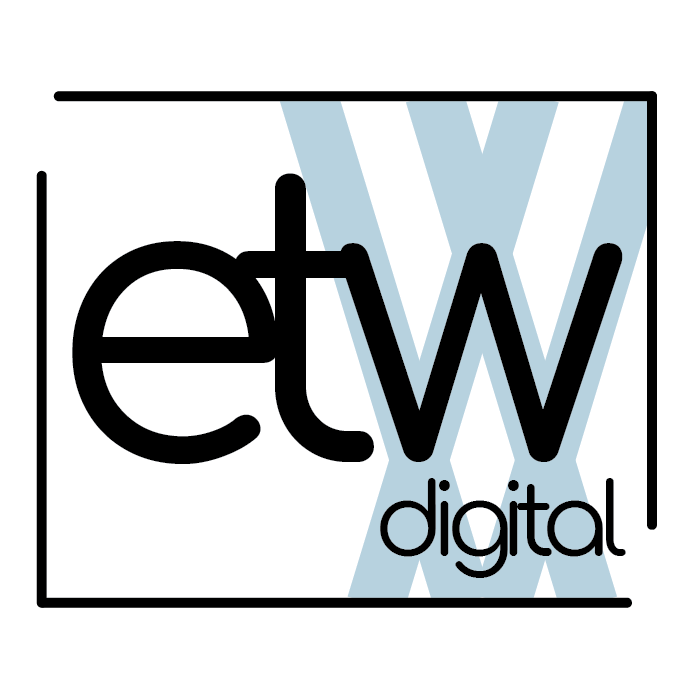NOTE: This is our 1st Post in a series on #observability.
Digital transformation uses digital technologies to fundamentally change how an organization operates and delivers value to its customers. This involves integrating digital technology into all business areas, including operations, product development, customer experience, and business models. Digital transformation can help organizations become more efficient, agile, and responsive to changing market conditions. It can also enable them to create new revenue streams, enter new markets, and better serve their customers. Overall, digital transformation is about using technology to drive business growth and innovation.
But how can you tell if your business has become organizations become more efficient, agile, and responsive?
Enter Observability.
Observability (O11y) has been used in engineering and computer science for many years to monitor and understand the behavior of physical and software systems, respectively. In recent years, observability has become more widely recognized and adopted as a business tool as organizations increasingly rely on complex, interconnected systems and applications to support their operations. These applications are usually built separately and lack the true interconnectivity desired.
Observability can be an essential tool for enhancing digital transformation efforts, as it allows organizations to monitor and understand the behavior of their systems and identify any issues that may be affecting the performance or effectiveness of their digital initiatives.
Digital transformation involves adopting and implementing new technologies and processes to improve the efficiency and effectiveness of an organization. Observability can help organizations understand how these new technologies and techniques function and identify any problems or issues affecting their performance. By providing visibility into the behavior of systems, observability can help organizations identify and fix problems more quickly and effectively and ensure that their digital transformation efforts are successful.
In addition to helping identify and fix problems, observability can also help understand how a business’s systems are functioning under normal conditions and identify potential improvements or optimizations that can be made to increase the efficiency or effectiveness of a business’s operations. Observability can help organizations identify and address bottlenecks or resource constraints affecting their systems’ performance and identify opportunities for optimizing their operations to achieve better results.
Overall, observability can be a valuable tool for enhancing digital transformation efforts by providing organizations with a better understanding of the behavior of their systems and the potential issues or opportunities they may face and by helping them to identify and address problems more effectively.

